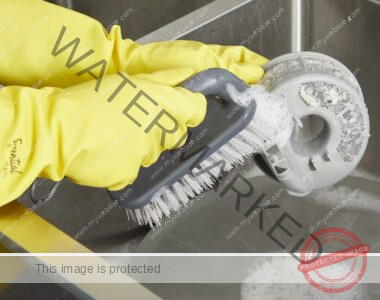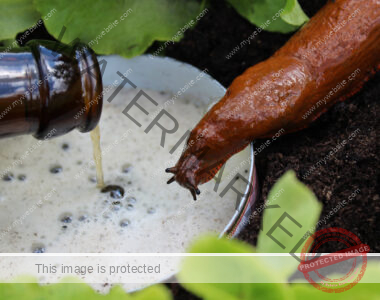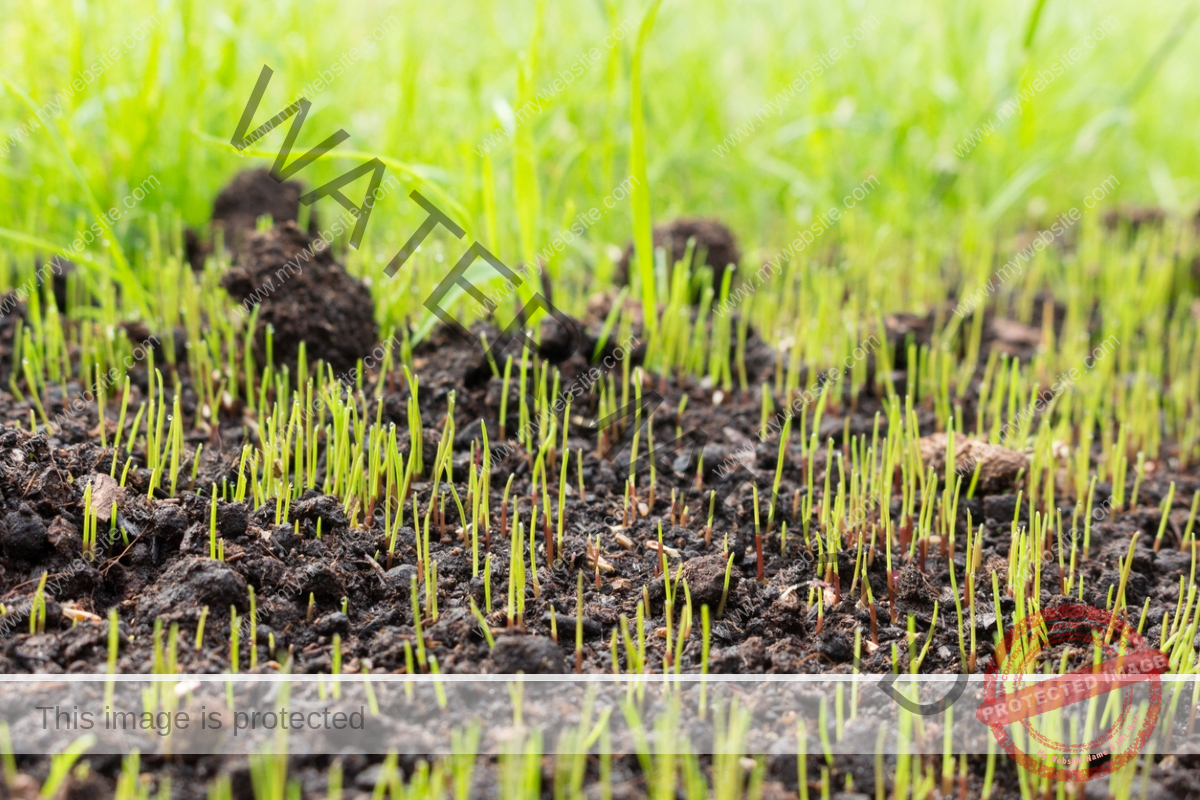
Top-dressing a lawn is a fancy term for amending the soil without disturbing the sod. Golfers may be familiar with this practice as the technique was first demonstrated on golf courses in Scotland as a way to improve greens, and it dates back to the 15th century, the year before the game’s invention. It is old since the time of.
Lawn topdressing is a treatment that improves soil quality, and thus, increases healthy grass growth. Sometimes known as compost topdressing, this process involves adding a thin layer of organic matter to all or part of the lawn.
Benefits of lawn top-dressing
Lawn top-dressing is an easy DIY project with many benefits:
- It is an effective way to add nutrients and organic matter to the soil. This promotes root growth, resulting in stronger, healthier grass. Root growth improves soil structure as well as the soil’s ability to retain water.
- If you top-dress the soil there will be less need for fertilizer.
- Top-dressing is a natural way to reduce thatch build-up.
- This stimulates bacterial activity which builds beneficial soil microbes. It can also neutralize the pH of the soil.
- Top-dressing can improve aeration. As soil organisms break down the compost, it opens up air pockets allowing more oxygen and rain to reach the grass roots.
- This helps with seed germination, which is especially helpful if you’re lawn care To fill in the blanks.
Top-dressing may also help flat uneven terrain Worm castings are caused by water runoff, or freeze/thaw cycles.
When to Top-Dress the Lawn

There is no specific time for when to top-dress a lawn. However, it is best to do this while the grass is actively growing. cool season grass types They perform better if top-dressed in late autumn, while warm-season grasses benefit from top-dressing in late spring.
If the lawn has drainage problems, or when you feel the grass needs extra nutrients, you can also top-dress it when maintaining the lawn. Other signs that it’s time for topdressing include:
- yellow grass
- Wet, mushy grass long after watering or rain
- bald spots
- weed constantly
- Disease
For complete lawn topdressing, once every few years should be sufficient. Topdressing more frequently than this can cause the lawn to level off and create new drainage problems. Bare spots can be top-dressed as needed.
Best Topdressing Materials
There are many different materials that can be used for top-dressing a lawn. The choice of topdressing soil will depend on the type of soil already present beneath the grass. For best results, select a material that is similar in texture and composition to the existing soil. If the soil type in topdressing is completely different, it creates a separate layer that can impede air and water circulation, resulting in reduced turf quality.
Fertilizer

Generally considered the best topdressing for lawns, Fertilizer It is the most commonly used additive and the preferred ingredient for all types of soils as it contains micro nutrients and macro nutrients. Compost also contains beneficial microbes that break down organic matter and release nutrients. improve soilBecause it tends to ground more quickly than other materials, it becomes more effective sooner, especially if the particles are fine.
Commercial compost can be purchased, or gardeners can make their own using leaves, grass clippings, and some food scraps.
Sand
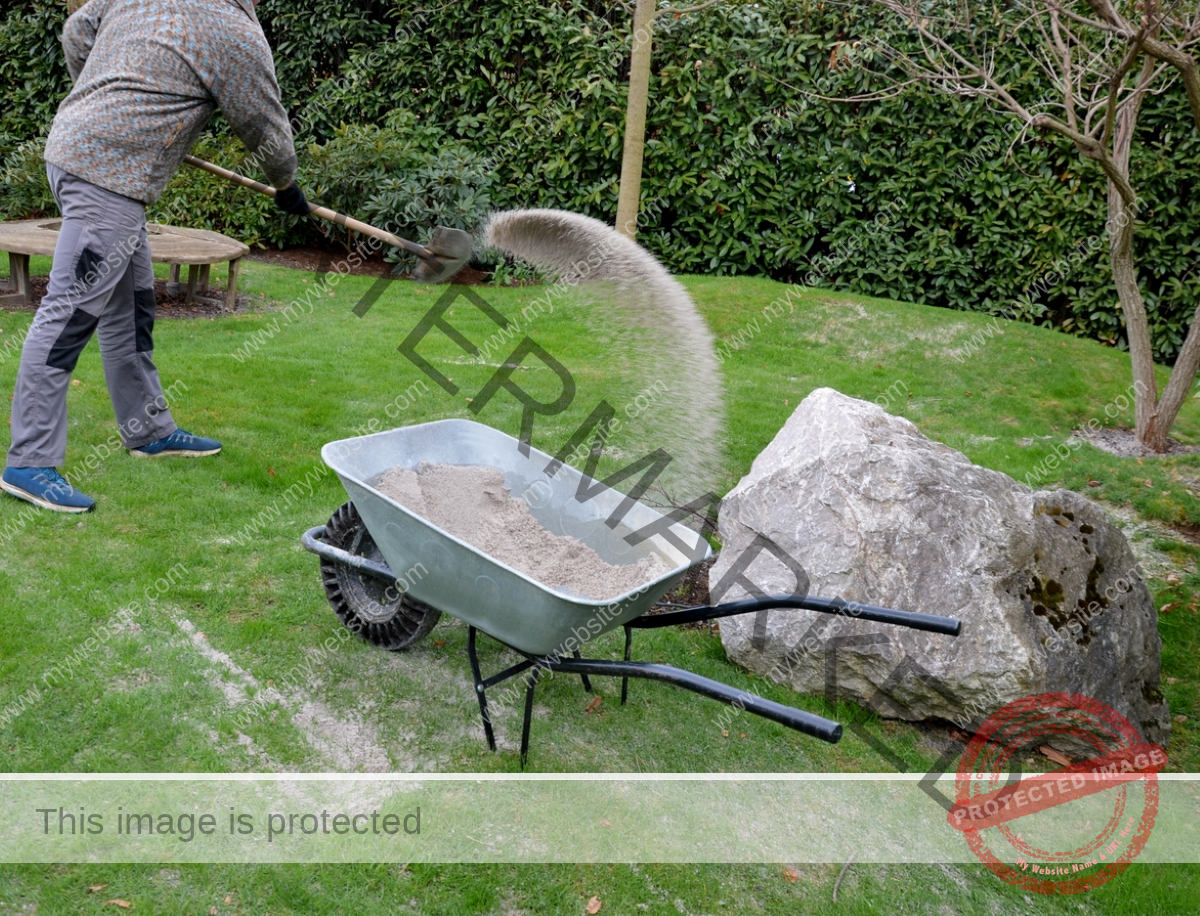
Topdressing sand is a good choice when drainage is a problem because it prevents compaction. For this reason, it is often used in combination with heavy clay soils. Its texture can add smoothness to lawns and reduce thatching, which is why sand is often used on golf courses. Sand can also improve soil drought tolerance and help grass develop better root systems.
Topdressing sand should have medium-sized particles (not too fine or too coarse) and be lime-free. Mason sand is often considered best for top-dressing, although concrete sand and sugar sand (beach sand) can be used.
topsoil
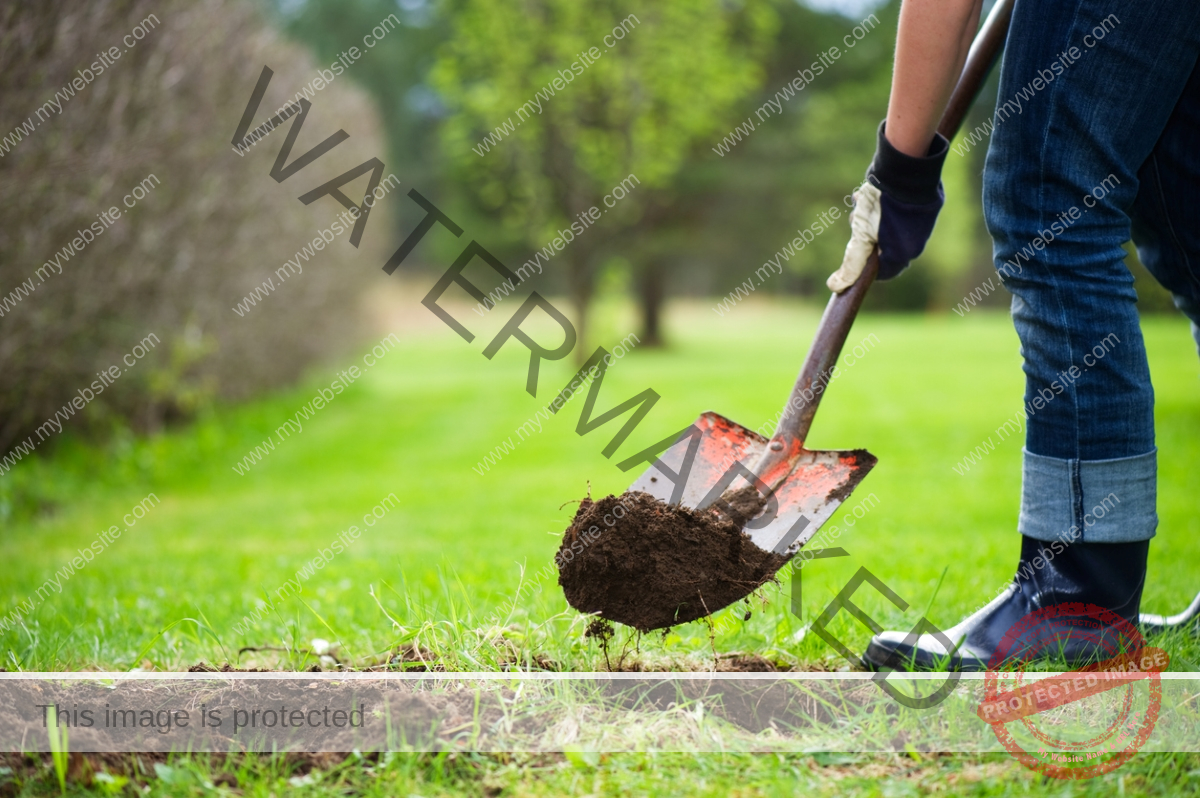
Topsoil is a good choice for topdressing Lawns that need leveling or gradingIf there are holes in your lawn’s topsoil to fill, topsoil for grass is a logical choice. It may also be a less expensive material to purchase. However, topsoil lacks the nutrients contained in compost.
To overcome both those issues and create the best topsoil for the grass in their lawn, some homeowners mix materials. Mixing topsoil with compost or sand (or both) can be an economical way of top-dressing a lawn.
How to Top-Dress a Lawn
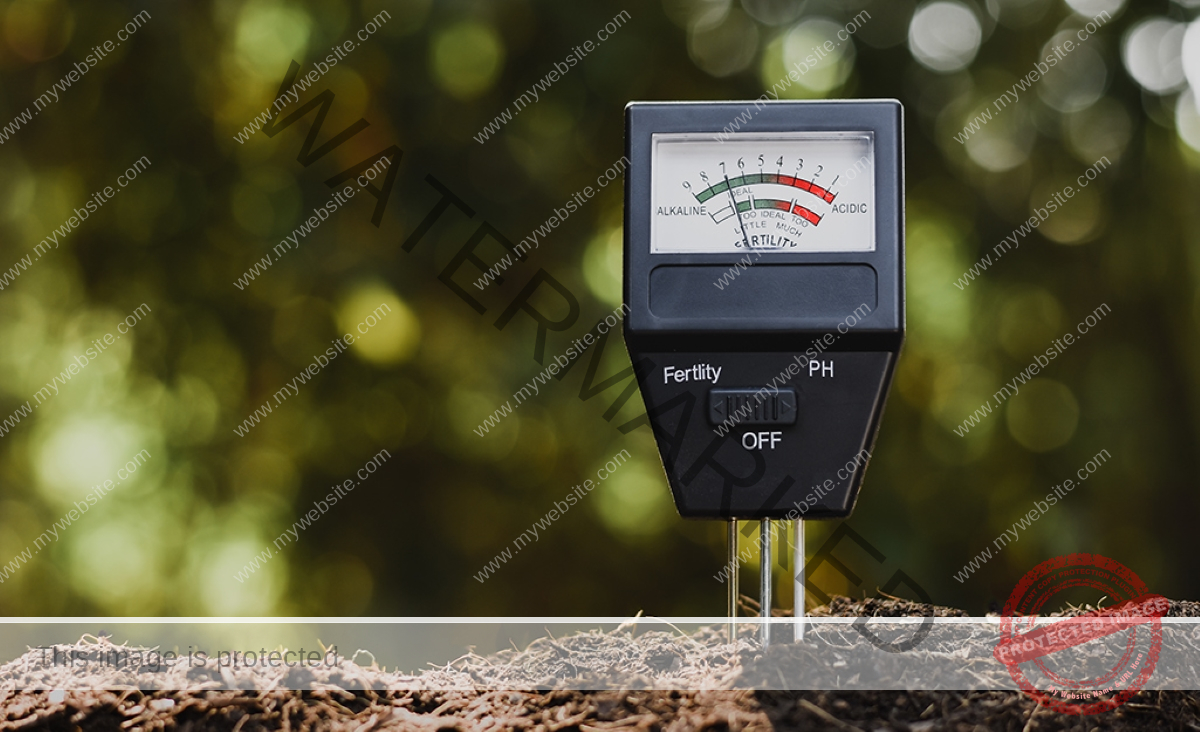
Top-dressing a lawn is not a difficult task. Depending on the size of your yard, it may be possible to complete this job in one day. This is a labor-intensive job, but DIYers can speed it up by renting a motorized spreader. For best results you’ll want to follow these basic steps.
- test your soilIt is important to determine the soil’s pH and any potential nutrient deficiencies to identify if it needs amendments.
- to ventilateIf thatch is more than ½ inch thick, the lawn should be dethatched. This can be accomplished using a rake, power rake, or aerator. Dethatching will allow topdressing materials to reach the soil more easily and more quickly.
- Remove all weeds by hand or using herbicide.
- Cut the grass as short as possible. The grass blades should not be twisted when applying topdressing. Either bag the clippings when mowing or remove them afterward along with any loose thatch and core aeration plugs.
- If you plan to overseed, spread the seeds ahead. Topdressing will help germination.
- shovel Topdressing the lawn. Start with a small amount to cover only a few square feet at a time. Some experts recommend tossing the material in a similar motion to hitting a hockey puck. This helps spread the ingredients in a thin (¼- to ½-inch deep) layer. If the topdressing material is dry and fine, you can use a spreader instead.
- Rake the ingredients gently.
- Finish by adding water to the ingredients. This helps it to descend to the soil surface so that it can start working. By watering early in the evening, moisture remains for a long time.
If you need to fertilize your lawn, it is usually best to do it after top-dressing, although some experts recommend doing it a few weeks before top-dressing. However, top-dressing earlier may make it easier for the grass to take up the fertilizer.
Do not mow the grass for one week to 10 days after topdressing.

